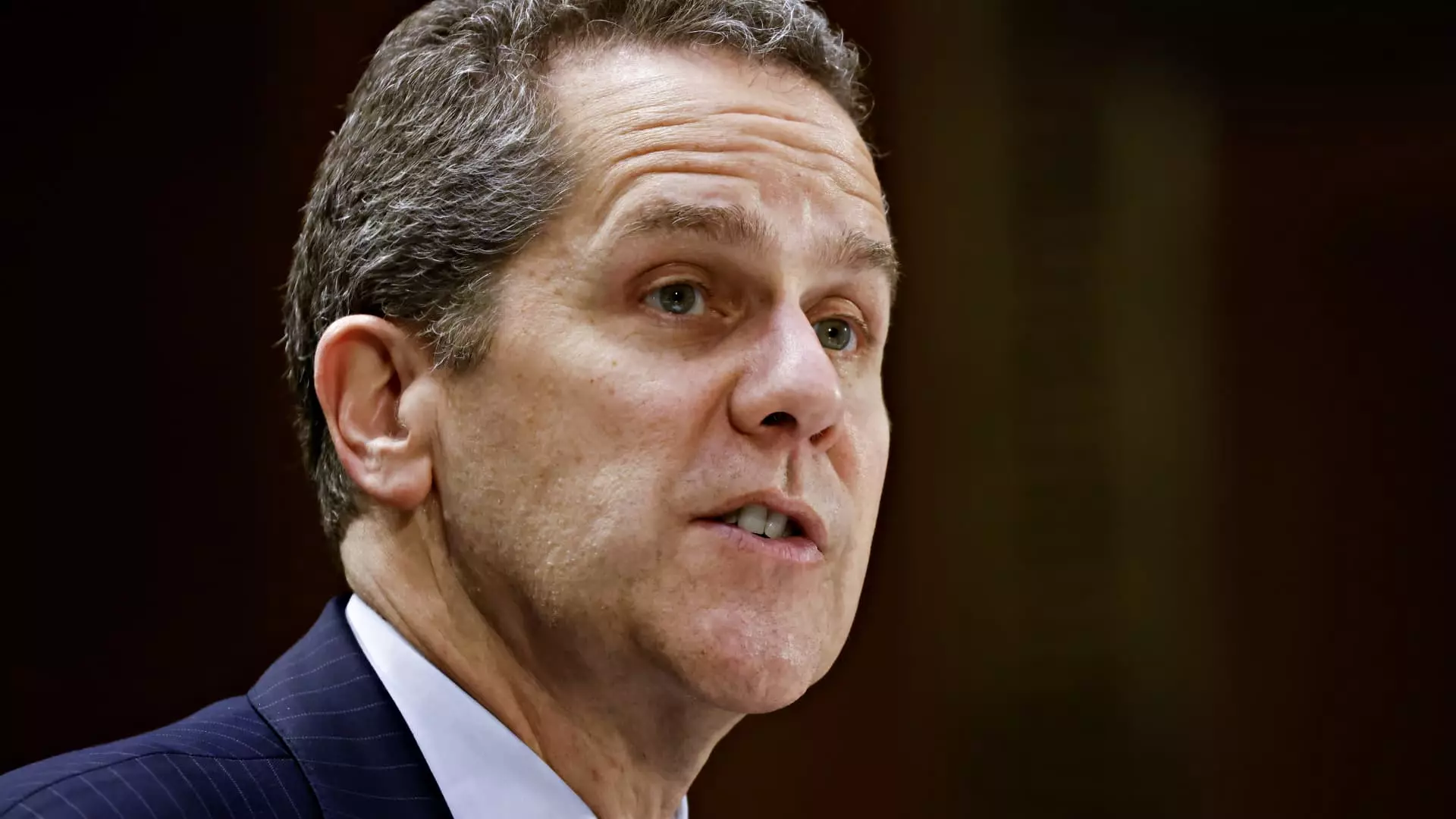In a significant shift within the leadership of the Federal Reserve, Michael Barr, the vice chair for supervision, has announced his resignation, effective February 28. This decision opens the door for President-elect Donald Trump to appoint a new leader at a crucial juncture for the nation’s banking regulatory framework. Barr, however, will maintain his role as a Federal Reserve governor until 2026. This transition alleviates concerns about a potential conflict between Barr and the incoming administration, which may prioritize a more pro-banking regulatory stance.
Barr’s resignation was influenced by the need to avoid any distractions or confrontations during his tenure. He openly acknowledged in a statement that remaining in his position could have led to disputes that detract from the Federal Reserve’s mission. Given the increasingly partisan environment surrounding regulatory policies, Barr’s announcement serves to smooth a necessary transition in leadership and set the stage for Trump to appoint someone whose values align more closely with those of the banking sector.
The reaction to Barr’s decision was immediate and positive in the market, illustrated by a rise in bank stocks, particularly the SPDR S&P Bank ETF, which tracks key industry players. Such a market response highlights investor confidence that a new appointment could lead to less stringent regulations and more favorable conditions for the banking industry’s growth. Financial institutions are eager for regulatory clarity, particularly after the tumultuous environment they endured during Barr’s oversight, which included the crisis involving Silicon Valley Bank and others in early 2023.
With Barr’s departure, the focus shifts to who will fill this pivotal role. The Federal Reserve has announced that no significant regulatory changes will occur until a successor is appointed. This is crucial as the new appointee will influence major policies, including the contentious Basel endgame regulations, which have faced significant pushback from the banking sector. The new vice chair will need to navigate a complex landscape of public trust, financial stability, and the interests of banks—all while adhering to the overarching goal of protecting consumers.
The creation of the vice chair for supervision role stemmed from the lessons learned during the 2008 financial crisis, which exposed critical weaknesses in regulatory frameworks. Barr’s tenure has not been without challenges, as demonstrated by the need for liquidity facilities in response to recent bank failures. The effectiveness of his replacement will be tested against similar challenges, as ongoing economic volatility and changing consumer needs put pressures on financial institutions and their regulators.
As the Federal Reserve gears up for a transition, the implications of Barr’s resignation extend beyond personnel changes. The incoming appointee will need an adept understanding of both regulatory demands and market dynamics, balancing the interests of both consumers and financial institutions. In light of the current climate, where financial stability and growth must be maintained, this leadership change offers both a challenge and an opportunity for the Federal Reserve to recalibrate its approach to supervision and regulation. The eyes of the financial sector, consumers, and policymakers alike will be closely monitoring who President-elect Trump appoints and the subsequent direction of the Federal Reserve under new leadership.

